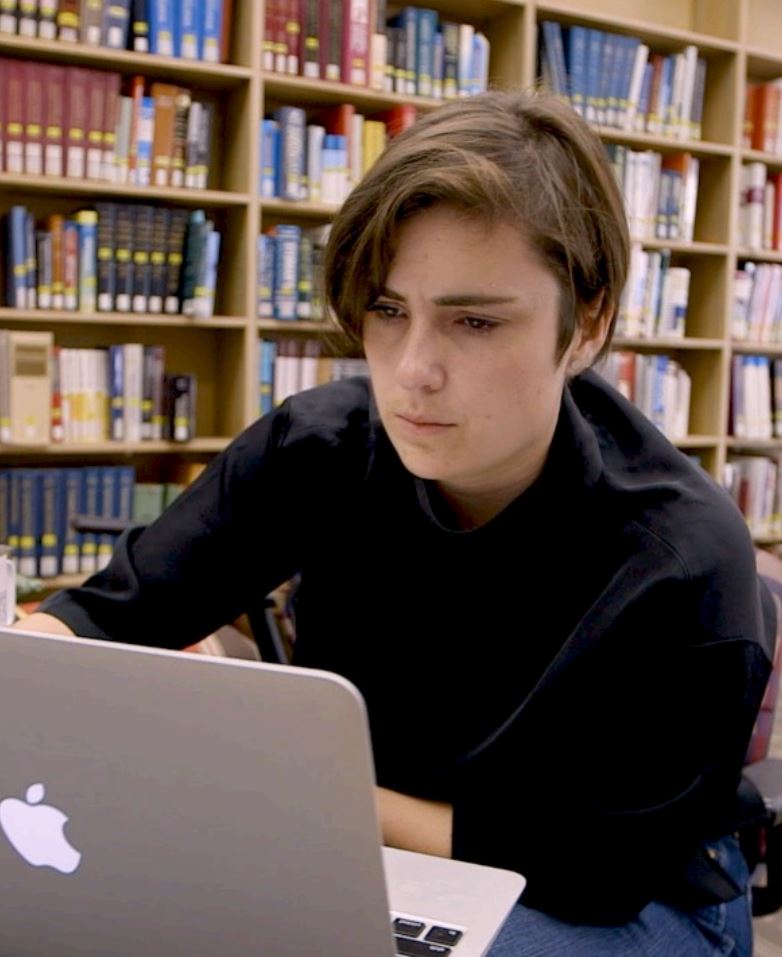
Financial Aid at Stanford
From the Nominator
Our goal in this campaign was to share unscripted, authentic messaging, with the audiences that most need to hear it, about the multitude of financial assistance programs that Stanford offers. Stanford’s financial aid programs allow prospective students from nearly 90 percent of all U.S. households, based on income distribution, to attend the university tuition-free. Meanwhile, our recent internal polling indicated that only 10 percent of respondents thought the phrase “Stanford is affordable for someone like me” applied completely. The heart of the campaign revolved around the creation of four videos profiling recipients of financial aid, presented in such a way as to embrace our philosophy of increasing diversity in every conceivable way, while at the same time developing content that will resonate with applicants from rural communities and with parents. The videos were captured at human scale, without dramatic aerials or other grand cinematic gestures, and featured the subjects addressing the camera in an immediate, empathetic fashion. These videos were shared on Stanford's social media channels, both organically and via paid targeting to prospective students, with links directing viewers to our admissions and financial aid websites. The success of this program informed future messaging efforts on affordability, and has helped us tell the store of how a Stanford education is accessible to anybody, regardless of their financial means.
From the Judges
Nice use of data to inform campaign direction, target audience and focus. That data, particularly knowing that older adults (parents) and individuals living in rural areas were less likely to consider a Stanford education “affordable,” provided the information needed to realize that videos showcasing the stories of real people, with authentic messages, would be more effective than videos that feel too heavily produced and messaged. Given the data surrounding paid and organic reach (>4M impressions combined) of the campaign, that approach seemed to work well. We found the human/storytelling approach to the content very effective. Also nice to see that they were able to take what they learned from this campaign about messages that resonate well with students and families to replicate the approach on later projects.







